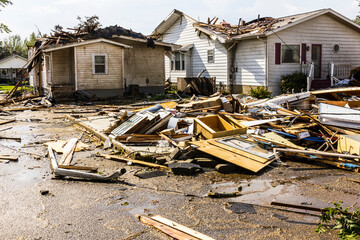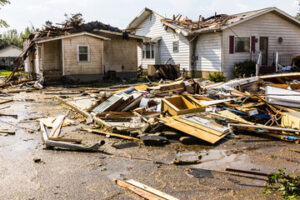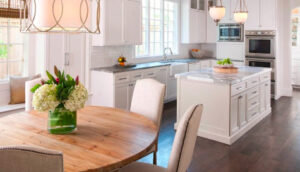 If you are thinking about doing a kitchen restoration, there are several important things to consider before starting your project. These factors include the cost, time frame, permits, and environmental friendliness. This article will provide tips to make your Kitchen Restoration as successful as possible. Moreover, you will learn how to maximize your budget by choosing a contractor that will exceed your expectations. This article will cover the top five reasons why you should consider hiring a professional for your project. To learn more, click here https://www.tacomakitchenremodel.com/.
If you are thinking about doing a kitchen restoration, there are several important things to consider before starting your project. These factors include the cost, time frame, permits, and environmental friendliness. This article will provide tips to make your Kitchen Restoration as successful as possible. Moreover, you will learn how to maximize your budget by choosing a contractor that will exceed your expectations. This article will cover the top five reasons why you should consider hiring a professional for your project. To learn more, click here https://www.tacomakitchenremodel.com/.
The average cost of a kitchen restoration depends on the amount of materials needed, the level of deterioration, and the type of appliances purchased. Materials and labor often account for the bulk of the budget. A complete kitchen restoration project may include knocking down walls, replacing the cabinets and appliances, and installing a Viking range. In addition to the materials and labor costs, the cost of a kitchen restoration project also includes the costs of building permits, which are typically around $500.
If you want to update the style and feel of your kitchen, you can choose a vintage or rustic look. Rustic kitchen design is all about natural materials. Avoid glossy chrome plating or modern aesthetics. If you have old kitchen appliances, choose these over modern ones. Another environmentally friendly option for countertops is recycled glass or wood. However, if you’re looking for durability, opt for engineered quartz or another type. Another option is to install low-flow faucets. Also, install LED lighting.
The cost of kitchen restoration can be low or high depending on the level of renovation. DIYers may be able to cut the costs of labor by completing some of the work themselves. However, it’s best to hire a professional home refurbishment company to do the major kitchen restoration. There are numerous videos available on YouTube showing how to do the project yourself. A professional kitchen renovation can add up to over $25,000 to your budget. You may also want to consider hiring professionals to do some of the smaller jobs.
A fresh coat of paint can give your kitchen a new look for a very low cost. A new paint job will take up only a fraction of your budget. Painting is also one of the simplest projects to undertake, and a few cans of paint can make a huge difference. If you don’t have the time, consider hiring a professional who will do the job well and on time. It is best to talk to a professional about your budget and your project in advance.
Time frame
The time frame for a kitchen restoration depends on the scope of the project. The initial demolition phase of a kitchen remodeling project typically takes one to two days. If you’re changing the layout of the sinks, ovens, or other kitchen appliances, you’ll need to make the necessary alterations to the plumbing and electrical systems. You’ll also need to remove any existing appliances. This phase of the project can be a messy and noisy process. The time frame for the kitchen restoration process can also vary greatly depending on the scope of work and your contractor’s schedule.
The next phase of the kitchen renovation project involves installing new windows and doors. This phase will require health and safety inspections. This can take a long time, because different inspectors work on different schedules. Meanwhile, you’ll want to choose durable flooring that will hold up during the construction phase. Once the piping has been installed and the walls have been prepared, you can begin the finishing work. Once the construction phase is complete, you can begin using the kitchen again and see if there are any problems or areas that need to be repaired or replaced.
The construction phase is the longest part of a kitchen restoration project. The work itself can take up to a month, but the time involved in this phase is dependent on the scope of the project. The more detailed the project is, the longer it will take. In most cases, a renovation project lasts around eight weeks. This can be an accurate estimate, however, as many factors influence the duration of the project. If you’re planning a kitchen renovation project, you’ll need to keep in mind the time involved in the construction phase.
Permits
Before you start any kitchen restoration project, you need to get permits. Depending on the size of the job, a plumbing and electrical permit can cost $300 to $900. A structural building permit will cost you around $1,500 to $2,000, depending on the type of changes you make and whether you need inspections. Some cities charge a flat fee, while others calculate the total cost by considering the number of changes and inspections you’ll need.
There are two basic types of kitchen renovation: structural and cosmetic. If you are planning to replace the faucet or relocate the sink, a structural alteration requires a building permit. Otherwise, a cosmetic change requires no permit. Call the building code client service center to determine if you need a permit. For those who are doing the work themselves, you should contact the city building department to find out what permits you’ll need.
Generally, you don’t need a permit for a simple kitchen renovation project such as replacing the cabinet doors. You may also opt for a self-certified contractor to help you with the process. This way, you can skip the paperwork associated with getting a permit from the city. Some permits will even be granted same-day, making the whole process more convenient for you. However, you must be aware of the requirements and restrictions before you hire a contractor for your kitchen renovation project.
The most common permits for kitchen renovation projects are for moving appliances or adding electrical outlets. Some permits require architectural drawings from a licensed architect. In addition, you may need to obtain a permit if you plan to move gas lines or remove walls. Obtaining a permit for a kitchen renovation project can be tricky, so calling a local inspector before starting any work is crucial. It can save you a lot of money and time if you follow the rules.
Eco-friendliness
If you’re thinking about having your kitchen restored, you’ll likely want to consider the greenest options possible. Energy-efficient appliances can save you money on your monthly electric bill. Energy-efficient appliances have the Energy Star label and use less electricity than their counterparts. Check out the Energy Star website to find out which brands have the best energy efficiency. You can also recycle your trash by composting it at home. Compostable kitchen waste is beneficial to the environment, and 70 percent of household and yard waste can be turned into compost. Moreover, composting also means you can add nutrients to your garden. A water purifier that uses carbon filters can also help you get clean water without heavy metals or pesticides.
The most common eco-friendly materials used in kitchen restoration are reclaimed or FSC-certified wood. You can also choose locally-harvested wood to reduce your carbon footprint. Cork flooring is another environmentally-friendly choice that’s durable and provides a comfortable cushion. Other beautiful options are concrete or linoleum. If you don’t have the budget to replace your flooring, consider recycling your existing material.
For countertops, eco-friendly materials offer a beautiful alternative to granite and wood. This will add character and charm to your kitchen while reducing your energy bills. Cork or sustainable wood flooring is an excellent choice, and if you can’t afford recycled materials, you can also choose recycled-content laminated flooring. You can even recycle your old cabinetry if it’s made from sustainable wood. You won’t even know it’s been refinished.
For the backsplash, try using recycled glass tiles. Purchasing hardware from manufacturers who use recycled materials is another way to make your kitchen more eco-friendly. Recycled copper sinks are another great option, as are mosaic countertops and recycled glass tiles. You can even choose recycled glass tiles as your kitchen backsplash! If you can’t find reclaimed wood, you can always opt for a recycled glass tile instead. Butcher block countertops are made of reclaimed wood.
Value
If you’re looking to sell your home in the future, a kitchen restoration is a wise investment. This type of renovation can decrease the time your home spends on the market and can save you money on repairs during the sale process. It will also help to make sure that the kitchen is up to code and in good working order, which can prevent unexpected inspection findings and compensatory price reductions. Regardless of the scope of the project, a kitchen restoration will improve your home’s value and help you get the most money for your investment.
Often, homeowners are concerned about the high price of a full kitchen renovation. However, this expense is often out of reach for many homeowners. Instead of paying a large lump sum for a kitchen renovation, consider breaking it down into component parts. Then, select upgrades that fit into your budget and your objectives. Here are five kitchen upgrades that will add value to your home without a major renovation:
A new kitchen can also increase the value of your home. The Better Homes and Gardens website calculates that a kitchen restoration will boost the value of your home by 52%. However, your actual ROI will vary depending on your home, other homes in your neighborhood, and the quality of the project. However, it’s always wise to get a professional opinion before embarking on a major renovation. If you’re unsure of how much the project will increase your home’s value, check out a few other estimates.
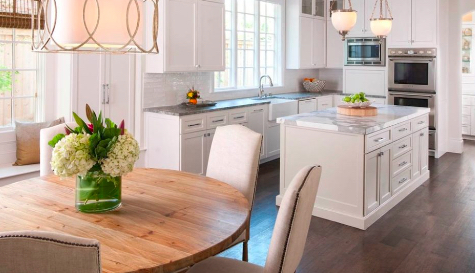

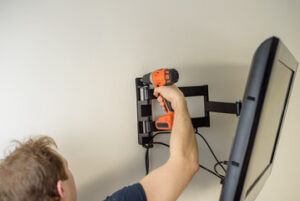 Wall Studs
Wall Studs
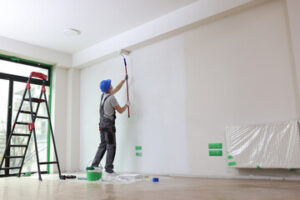 Wall Stenciling
Wall Stenciling